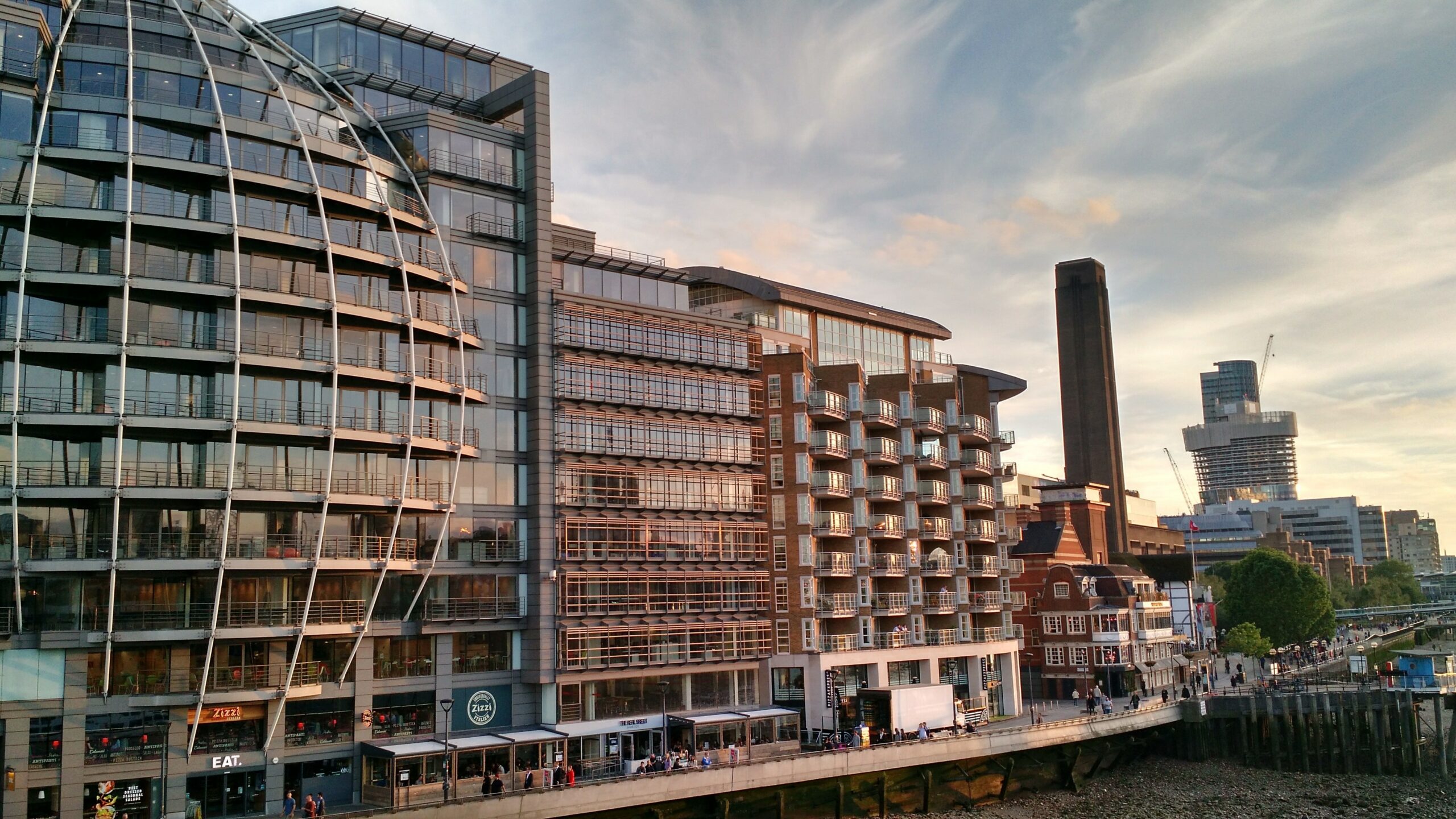Think back to the first quarter of 2021. The pandemic led most people to worry that prime rental rates in the U.K., particularly in London, wouldn’t end the year on a positive note.
The government’s updated rules on taxes further affected the outlook for luxury rental properties. In 2022, there might be a glimpse of growth in a volatile market.
A recent report shows that London’s prime rental rates increased 5.3% from August to November 2021, due to reopened offices and universities.
If you plan to cash in on luxury buy-to-let properties in the U.K., you should be aware of updated regulations.
Stamp Duty Rates Change Over Time
Investors in prime buy-to-let properties should take stamp duty into account because it’s arguably the biggest expense.
Stamp Duty Land Tax (SDLT) changes over time, and it varies based on three primary categories:
- Buying real estate as an additional property
- First-time buyers
- Non-residents in the U.K.
As of 2021, the government defines non-residents as individuals who stayed outside the U.K. for at least 183 days within 12 months before the property’s effective sale date.
As prime properties cost millions, luxury buy-to-let investors should prepare for SDLT rates as high as 17%. If you’re buying a freehold property, the rates will depend on the purchase or transfer value.
The SDLT for leasehold properties such as condominiums relies on lease premiums to determine the applicable rates.
The general formula for a sample freehold property purchase, effective Jan. 1, 2022, follows this format:
UK residents buying additional properties
- 3% for the first GBP 125,000
- 5% for the amount above GBP 125,000 and up to GBP 250,000
- 8% for the amount above GBP 250,000 and up to GBP 925,000
- 13% for the amount above GBP 925,000 and up to GBP 1.5 million
- 15% for the remaining amount above GBP 1.5 million
Non-residents buying additional properties
- 5% for the first GBP 125,000
- 7% for the amount above GBP 125,000 and up to GBP 250,000
- 10% for the amount above GBP 250,000 and up to GBP 925,000
- 15% for the amount above GBP 925,000 and up to GBP 1.5 million
- 17% for the remaining amount above GBP 1.5 million
Based on the formula, a non-resident’s SDLT for a GBP 2 million freehold property may cost GBP 253,750. Residents in the U.K. may pay GBP 213,750 for SDLT on a similarly priced property.
You can use the government’s SDLT calculator to estimate the rate for potential luxury buy-to-let property purchases.

The demand for luxury properties worth GBP 10 million (US $13.4 million) in the U.K., particularly in prime central London, will continue in 2022.
New Capital Gains Tax Have Changed As Well
Since April 2020, the government has required non-resident, buy-to-let property investors to pay capital gains tax within 60 days.
The 60-day deadline applies to property sales on or after Oct. 27, 2021. Why do some buy-to-let investors divest their main properties after just three years?
If you sold your primary residence within three years of acquiring a buy-to-let property, the government may refund a portion of your SDLT payment.
Landlords Must Follow New Electrical Standards
In October 2021, the government updated its Electrical Safety Standards for private landlords in the U.K. Most of the new rules aim to enhance living standards for rental properties.
Current buy-to-let landlords must commission a qualified electrician to check installations within their properties. A routine inspection should ideally happen once every five years.
The government recommends the Electrical Competent Person Scheme Operators when finding a registered competent electrician.
Failure to comply with the new standards would warrant penalties up to GBP 30,000.
More Changes Await Buy-To-Let Landlords
The Queen’s Speech in May 2021 included plans to abolish the Section 21 eviction notice, as part of tenancy reforms. Also called “no-fault” evictions, Section 21 allows landlords to evict tenants without a valid cause.
The prospective reforms include stronger repossession measures for landlords with valid causes.
Buy-to-let landlords should also prepare for a potential “lifetime tenancy deposit model.” The new scheme would help tenants when they move into a new rental property.
The government may publish a White Paper in 2022 to enumerate the details of several reforms.






